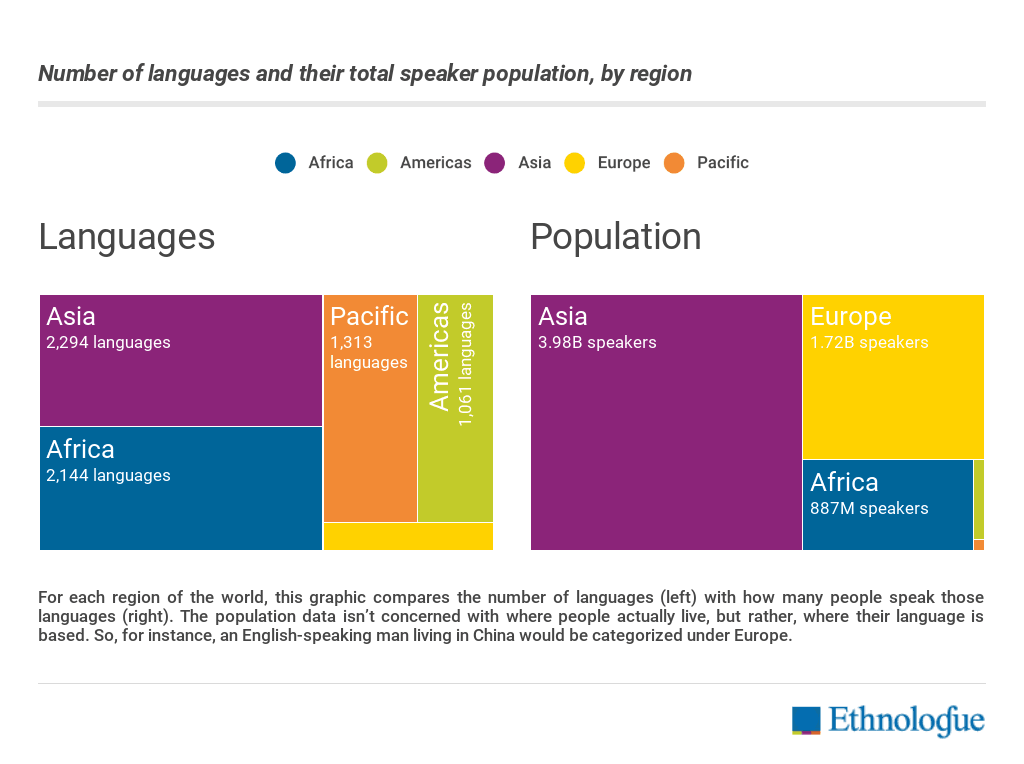To save dying languages, use ‘evolutionary trees’

Building language trees could target preservation efforts and help minimize the loss of linguistic diversity.
Image: REUTERS/Albert Gea
Stay up to date:
Arts and Culture
To save as much linguistic diversity as possible in the face of many languages rapidly going extinct, researchers propose using “evolutionary trees,” a tool from conservation biology.
One of the world’s 7,000 languages vanishes every other week, and half—including scores of indigenous North American languages—might not survive the 21st century, experts say.
When setting conservation goals, ecologists use evolutionary trees—diagrams that show how biological species are related to one another—to identify species that have few close relatives; such species are said to be evolutionarily distinct. Similarly, recent advances in the construction of language trees make it possible to gauge how unique a language is.

“Large, well-sampled species trees have transformed our understanding of how life has evolved and helped shape biodiversity conservation priorities,” says Jonathan Davies, associate professor of biology at McGill University and senior author of the new study in the journal Royal Society Open Science.
“The construction of more comprehensive language trees provides an equivalent opportunity for language preservation, as well as benefiting linguists, anthropologists, and historians,” Davies says.
“The rapid rate of language loss, coupled with limited resources for preservation, means that we must choose carefully where to focus our efforts,” adds Max Farrell, a PhD student in Davies’ lab and coauthor of the new paper. “The more isolated a language in its family tree, the more unique information it contains and ultimately contributes to linguistic diversity.”
As a case study, Farrell and coauthor Nicolas Perrault, now a graduate student at the University of Oxford, used this approach borrowed from conservation biology to generate rankings for 350 Austronesian languages, spoken in islands scattered across Southeast Asia and the Pacific Ocean.
Data came from a language tree of several hundred Austronesian languages published by University of Auckland researchers in 2009, and from Ethnologue, an online database of over 7,000 living languages. (All told, there are more than 1,200 Austronesian tongues today, making it one of the world’s largest language families.)
For each of the 350 languages in the new study, the researchers combined measures of evolutionary distinctiveness (ED) and global endangerment (GE) to produce an “EDGE” score, similar to a metric used in conservation biology.
The language with the highest score was Kavalan, an exceptionally distinct yet nearly extinct language indigenous to Taiwan, where Austronesian languages are believed to have originated some 4,000 to 6,000 years ago. The next-highest scores went to Tanibili, a nearly extinct language in the Solomon Islands, and the Waropen and Sengseng languages of New Guinea.
By building trees for other language groups and applying similar metrics, language specialists could target preservation efforts and help minimize the loss of linguistic diversity in the future, the researchers say.
In Canada alone, for example, there are more than 70 Aboriginal languages—most of which are considered to be endangered.
“Languages are the spark of a people, the bearing of cultures, and with their extinction we lose unique insights into human history and the evolution of language, itself,” says Perrault. “Their disappearance is a loss to humanity, scholarship, and science.”
Don't miss any update on this topic
Create a free account and access your personalized content collection with our latest publications and analyses.
License and Republishing
World Economic Forum articles may be republished in accordance with the Creative Commons Attribution-NonCommercial-NoDerivatives 4.0 International Public License, and in accordance with our Terms of Use.
The views expressed in this article are those of the author alone and not the World Economic Forum.
Related topics:
Forum Stories newsletter
Bringing you weekly curated insights and analysis on the global issues that matter.
More on Arts and CultureSee all
Naoko Tochibayashi and Mizuho Ota
April 8, 2025
Thomas Alexander Selby and Lisa Chamberlain
March 17, 2025
Stéphanie Thomson
January 23, 2025



